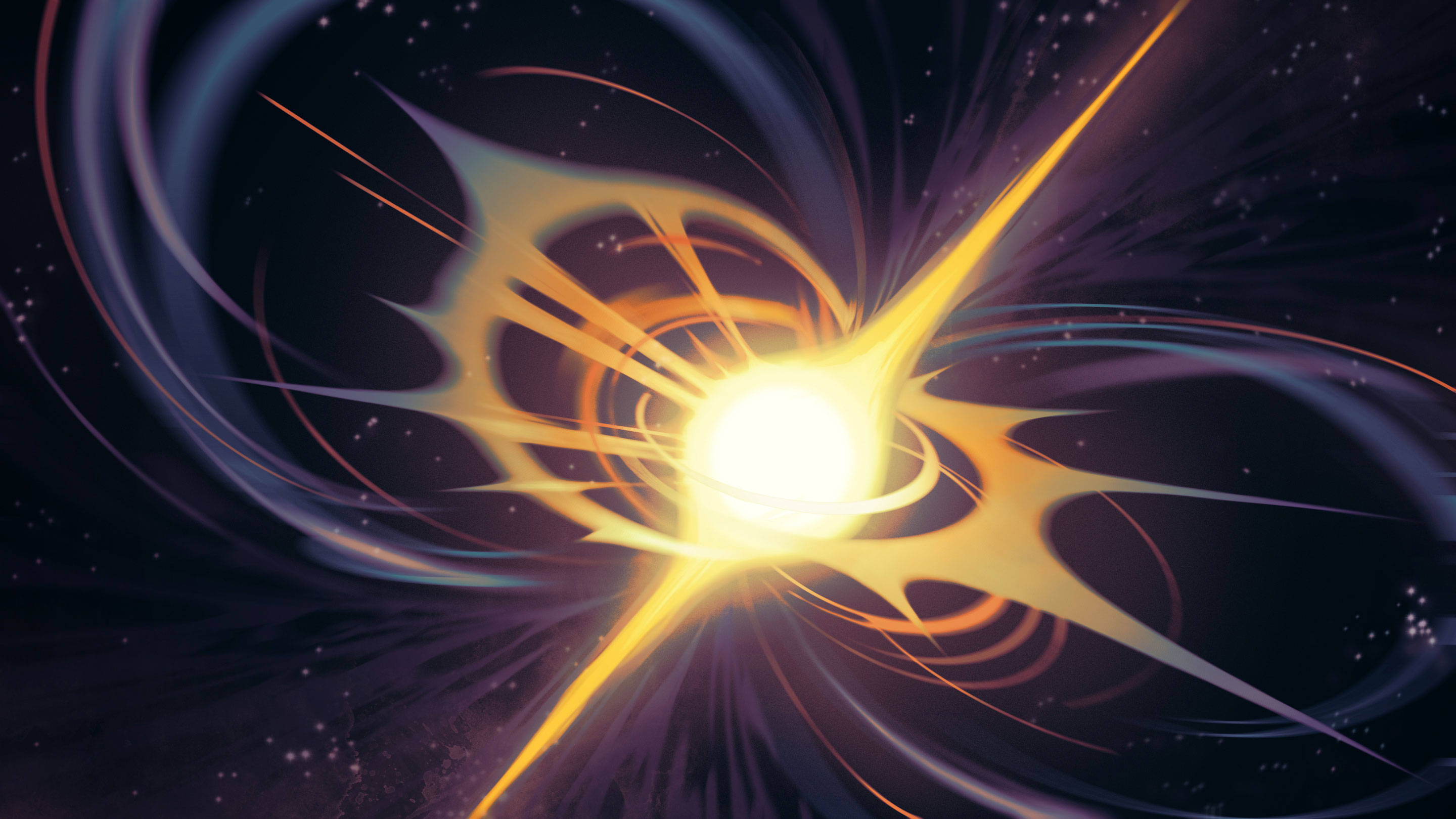For centuries, astronomers have studied space phenomena in an attempt to address the fundamental question of our existence and place in the Universe. One astronomical event that is often considered is known as a supernova. It is a powerful stellar explosion that, for a short time, is often brighter than a whole galaxy of stars.
Scientists divide supernovae into two main types based on their origin. A “type Ia” supernova is believed to occur when a white dwarf star––left over when a star that is not big enough to go supernova exhausts its nuclear fuel––undergoes a runaway nuclear reaction. This reaction results from the star reaching its critical mass due to the accumulation of matter from nearby stars. A “type II” supernova, on the other hand, takes place before the death of a massive star, when it has run out of nuclear fuel.
In the initial 10 seconds of a supernova, the imploding star releases a burst of neutrinos, subatomic particles similar to an electrons but with no electric charge. The neutrinos can be tracked by scientists using an early warning system. The most commonly used alert system, the SuperNova Early Warning System (SNEWS), is a network of neutrino detectors located around the world.
The remnants of supernovae are often appreciated by scientists for their beauty and are widely studied by astrophysicists like Dr. Victoria Kaspi, Director of the McGill Space Institute.
“A lot of my research has been on what happens after a supernova. For example, a type II supernova can leave behind either a neutron star or a black hole,” Kaspi wrote in an email to The McGill Tribune.
Kaspi has spent the last 25 years studying neutron stars, the collapsed cores of massive stars left after a supernova occurs.
Apart from leaving behind remnants, a supernova explosion emits a significant amount of energy—equivalent to the total amount of energy that the Sun will radiate in its lifetime. The radiation released is so powerful that if a supernova occurs near the Earth, it would strip the ozone layer, leading to mass destruction. The chance of a supernova engulfing the Earth anytime soon, however, remains unlikely.
“There are very few stars that close by, much less any that will undergo a supernova [explosion] any time soon,” Kaspi wrote.
Stellar nucleosynthesis is a regularly occurring process by which elements are created within stars via the combination of protons and neutrons. However, the creation of heavier elements requires much more heat and energy. Many common elements found on Earth, including carbon, nitrogen, and oxygen—the essential building blocks of life—originate within supernovae. Iron samples found in the ocean are also believed to be remnants of a nearby 2.2 million-year-old supernova.
According to information published by NASA, the supernova remnant Cassiopeia A released an abundance of oxygen at its implosion. This also means that Cassiopeia A, a near-earth remnant, contains all the elements needed to make up DNA.
Apart from issuing clues as to the origin of life, the study of supernovae provides insight on other aspects of the universe. Due to their fixed luminosity, astronomers use type Ia supernovae as “standard candles” to measure cosmic distances when mapping the universe. Scientists can also measure the “redshift,” the increase in wavelength of a supernova’s light as it moves away from Earth. Comparing the redshift with the distances of supernovae allows scientists to infer changes in the rate of the universe’s expansion.
For all the information they provide to astronomers, supernovae remain exceptionally delicate and beautifully sublime. According to Kaspi, the death of a star is lamentable, despite the multitude of galactic processes their demise reveals.
“One thing that I find amazing about […] supernovae is that they destroy what is a lovely onion-layer type structure inside the massive star,” Kaspi wrote. “That star works for millions of years, through nuclear reactions, to build a delicate, symmetric and beautiful inner structure. That is a bit sad.”






